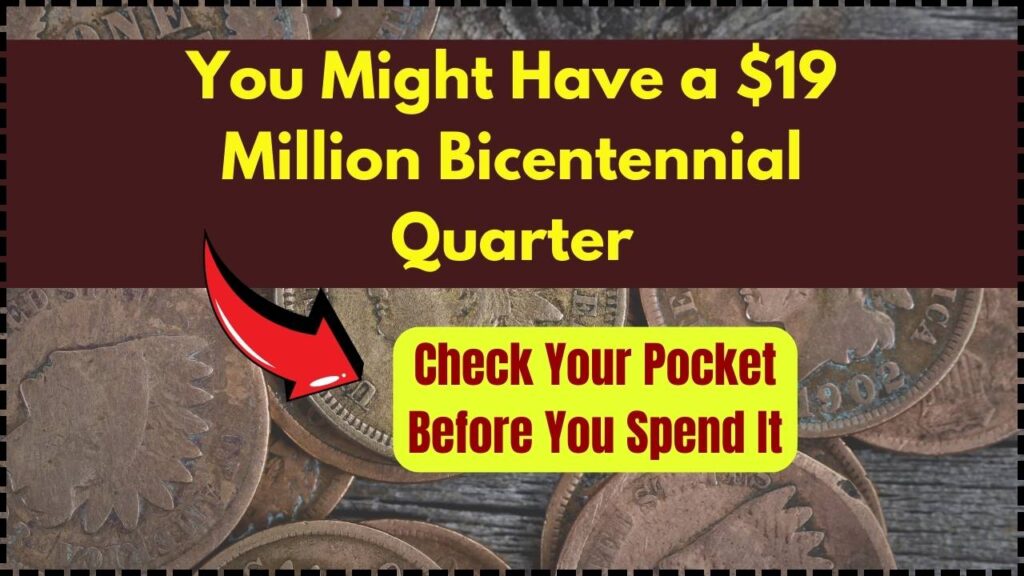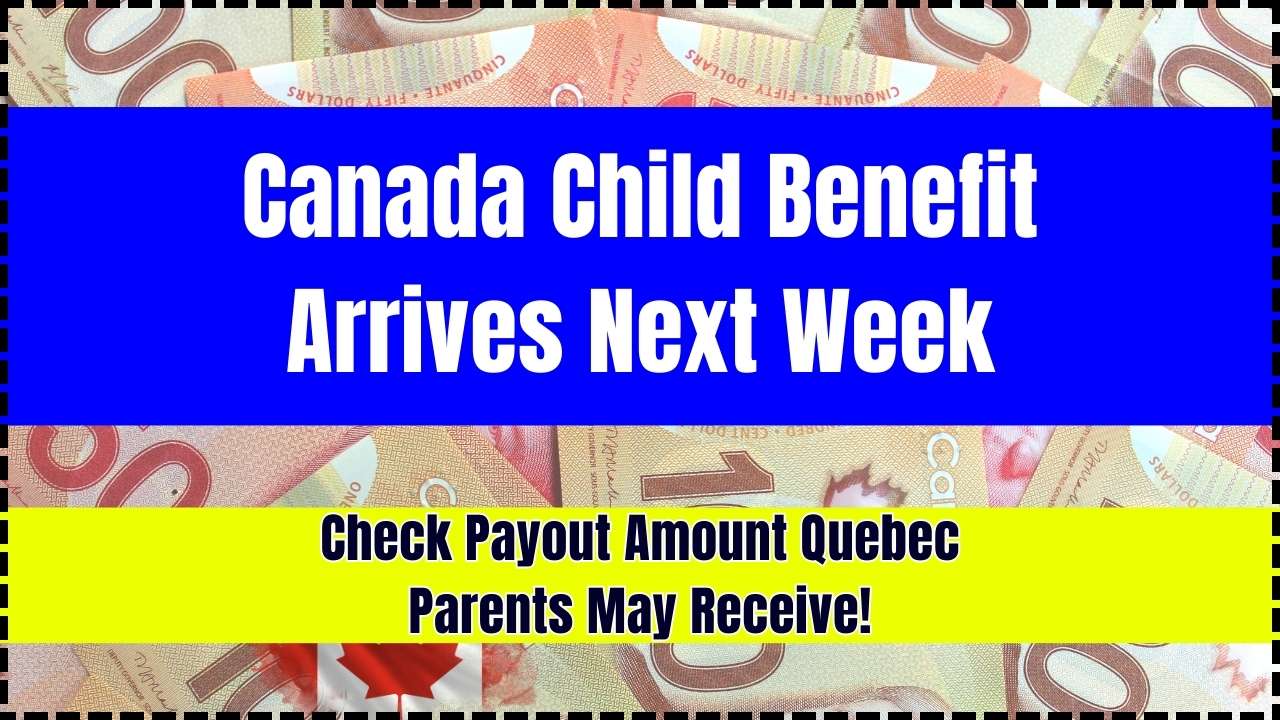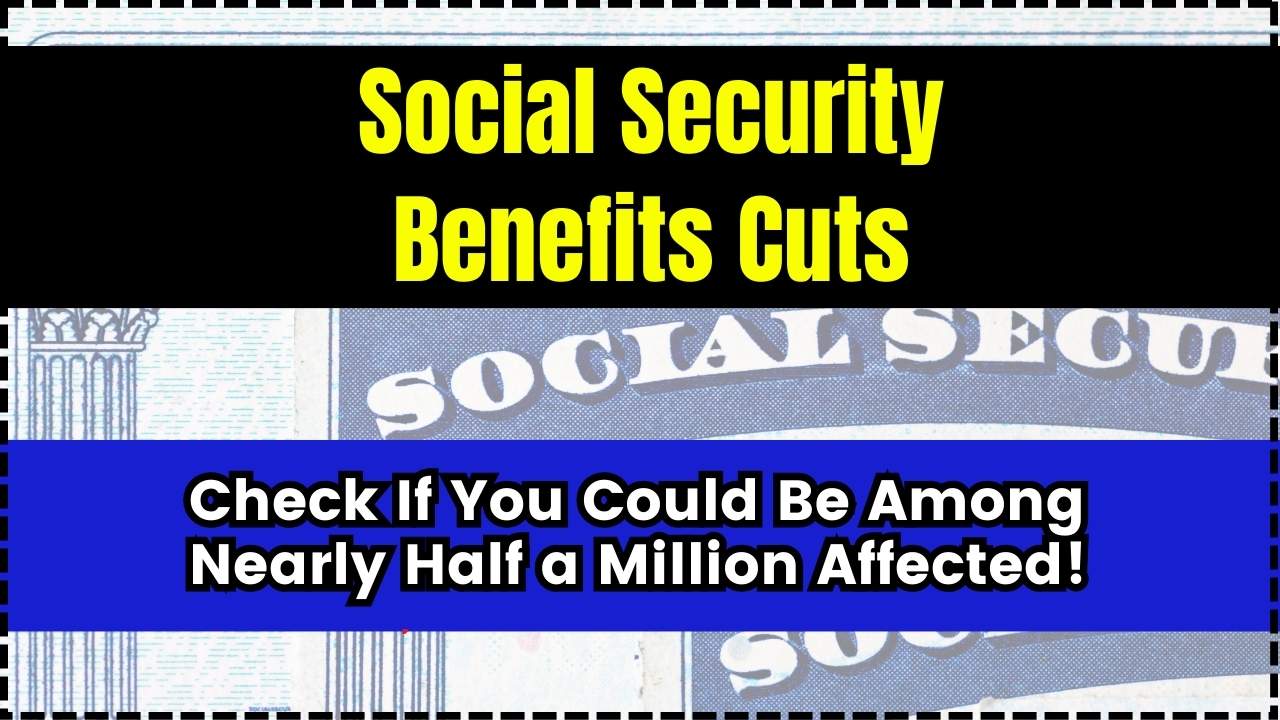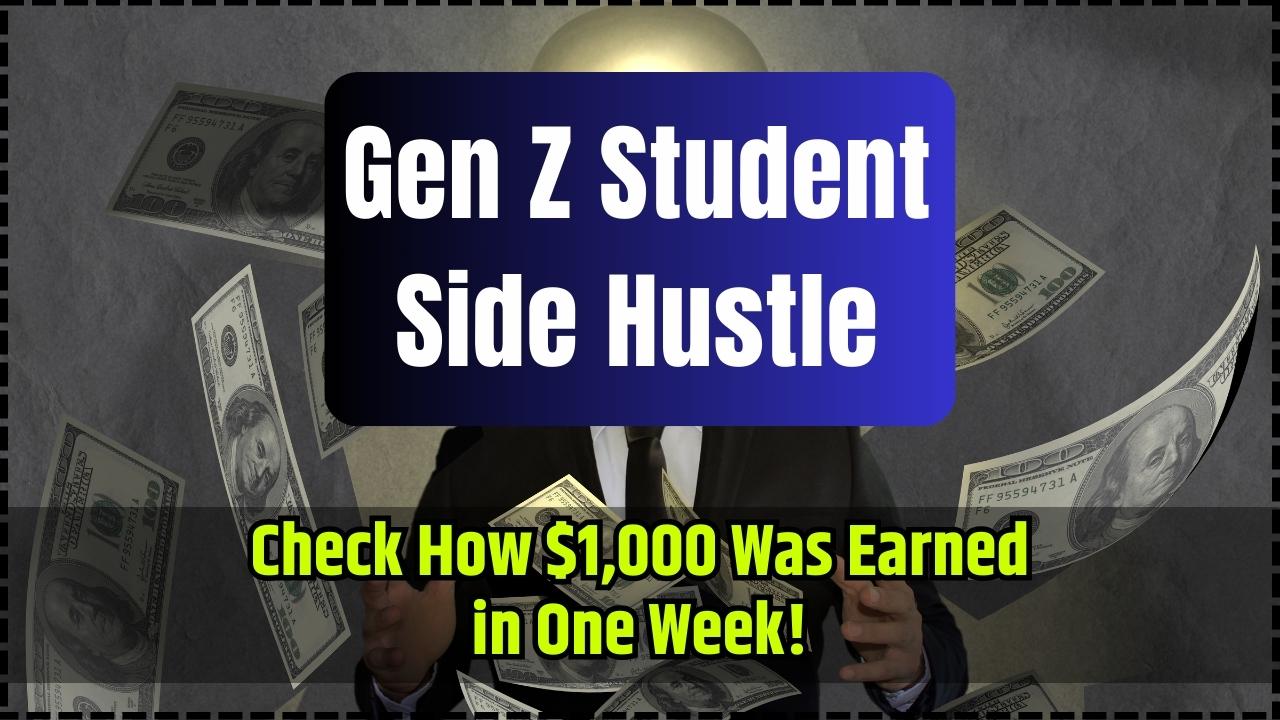
You Might Have a $19 Million Bicentennial Quarter: If you’ve heard the buzz about a Bicentennial Quarter worth $19 million, you’re not alone. The idea that a 1976 quarter—something so ordinary—could be worth a fortune has taken over the internet. But is it real? Let’s unpack the facts and show you how to truly know the value of your 1976 quarter. The 1976 Bicentennial Quarter is one of the most iconic coins in U.S. history. With its Colonial drummer design and dual date (1776–1976), it’s more than just currency—it’s a symbol of American heritage. While most are common, some rare versions can fetch thousands of dollars.
You Might Have a $19 Million Bicentennial Quarter
The 1976 Bicentennial Quarter may not make you a millionaire, but it’s a piece of American history that could still be worth a surprising amount. If you have one in great condition—or with a rare error—consider getting it graded and evaluated. Even if it’s not worth thousands, it’s still a cool coin to keep.
| Feature | Details |
|---|---|
| Coin Name | 1976 Bicentennial Quarter |
| Reverse Design | Colonial Drummer with 13 Stars |
| Obverse Design | George Washington |
| Material | Copper-Nickel (Standard), 40% Silver (Collector’s Editions) |
| Highest Sale Price | $19,200 (for 1976-S Silver Proof MS69) |
| Estimated Value Range | $0.25 (circulated) to over $19,000 (rare proof/error) |
| Key Errors | Doubled Die, Off-Center, Filled Mint Mark |
| Official Info | U.S. Mint Bicentennial Coinage |
A Quick Walk Through History
In 1975 and 1976, the U.S. Mint celebrated America’s 200th birthday with specially designed quarters, half dollars, and dollar coins. For the quarter, the reverse featured a Colonial drummer and torch surrounded by 13 stars. These were minted in huge numbers—over 1.6 billion pieces—so finding one in your pocket isn’t unusual.
But not all of them were created equal. Some were struck in 40% silver and sold in collector sets. Others contain rare minting errors or are in superb condition, making them valuable to collectors.
Why Some Bicentennial Quarters Are Valuable?
1. Mint Errors
Coins with mistakes often become collector favorites. These errors include:
- Doubled Die Obverse (DDO) – You’ll see the image slightly doubled.
- Off-Center Strikes – Parts of the design are missing because the coin wasn’t centered when struck.
- Filled Mint Marks – Dirt or grease blocked the mint mark during stamping, making it look deformed or missing.
Collectors pay a premium for these oddities. For example, a doubled die Bicentennial Quarter in high condition could fetch over $1,000.
2. Silver Composition
Some Bicentennial Quarters were minted in 40% silver by the San Francisco Mint. These coins carry an “S” mint mark and are usually found in proof or uncirculated sets. Depending on their grade, these can sell for $5 to $1,500 or more.
3. Coin Grading and Condition
Coin collectors use a 70-point scale to grade coins. Coins graded MS67 or higher (Mint State) are rare and valuable. A 1976-D Bicentennial Quarter in MS68 grade once sold for $6,463 at auction.
How to Check If You Might Have a $19 Million Bicentennial Quarter?
Step 1: Look for the Mint Mark
Check under the date on the obverse (front) of the coin:
- No mark = Philadelphia
- D = Denver
- S = San Francisco (these may be silver)
Step 2: Examine for Errors
Use a magnifier to look closely. Doubling, off-centering, or other oddities can add serious value.
Step 3: Check the Edge
If you see a solid silver edge instead of the typical copper stripe, it could be a silver-clad version.
Step 4: Get a Professional Opinion
Use a third-party grading service like:
- Professional Coin Grading Service (PCGS)
- Numismatic Guaranty Company (NGC)
Storing and Protecting Valuable Coins
If you find a high-grade or error coin, protect it immediately:
- Use acid-free coin holders or slabs.
- Store them in a cool, dry place.
- Avoid cleaning the coin—it could lower the value.
Common Myths and Scams
There are several rumors floating around—especially about coins worth millions. Be careful:
- No Bicentennial Quarter has ever sold for $19 million.
- Fake listings and scam websites use clickbait titles to sell you “investment kits.”
- Always verify coin values using trusted auction results, like those on Heritage Auctions or PCGS.
Comparing with Other Rare Quarters
For some context, here’s how the Bicentennial Quarter compares to other U.S. coins in the hobby:
| Coin | Year | Max Sale Price |
|---|---|---|
| 1932-D Washington Quarter | $143,750 | |
| 1916 Standing Liberty Quarter | $80,500 | |
| 1976 Bicentennial Quarter (Silver Proof MS69) | $19,200 | |
| 2004-D Wisconsin Extra Leaf Quarter | $6,000 |
Clearly, the Bicentennial Quarter isn’t the most valuable ever, but some rare versions hold their own.
These Rare Coins Are Worth Millions – Check If Coin Collecting Is Your Next Big Investment Move
Frequently Asked Questions (FAQs)
Q: Is the $19 million Bicentennial Quarter real?
A: No. It’s a rumor. The highest verified sale is $19,200 for a pristine silver proof.
Q: What makes my Bicentennial Quarter valuable?
A: Key factors include mint errors, silver composition, and pristine condition.
Q: Where can I sell a valuable quarter?
A: Try reputable auction sites like Heritage Auctions or go through certified dealers. Always get your coin graded first.
Q: Are silver Bicentennial Quarters still being made?
A: No. They were minted only in 1975–1976 for the U.S. Bicentennial.
Q: Can I still find these in circulation?
A: Occasionally, yes. Keep checking your change!





